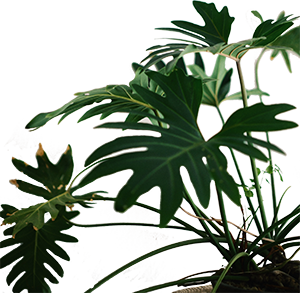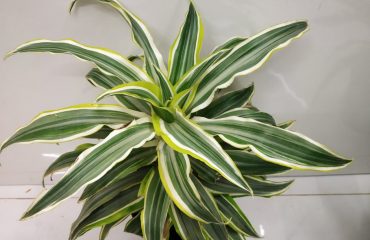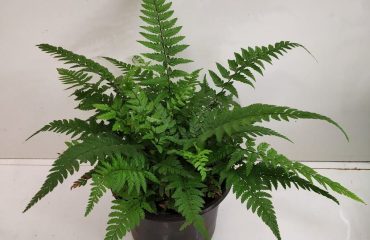CARING FOR YOUR INDOOR PLANTS
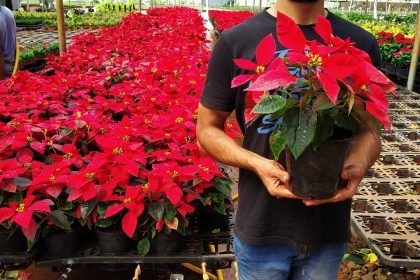
Indoor plants are the ultimate trend for city slickers, urban greenies and newbie gardeners! But caring for indoor plants is what puts many people off these gorgeous living decor pieces…
Small spaces, dark spaces, dull spaces are all being enhanced by living greenery and the life that is indoor plants. They bring joy and contribute to creating a healthy happy living and working environment.
If you are one of those that are keen to get on this trend, but fear the dreaded “I killed my plant” – then this guide is just for you!
Despite the jungalicious insta worthy photos of greened spaces being published every day on social media; even the most green fingered have killed a plant or two. But the key with indoor plants is to keep on at it!
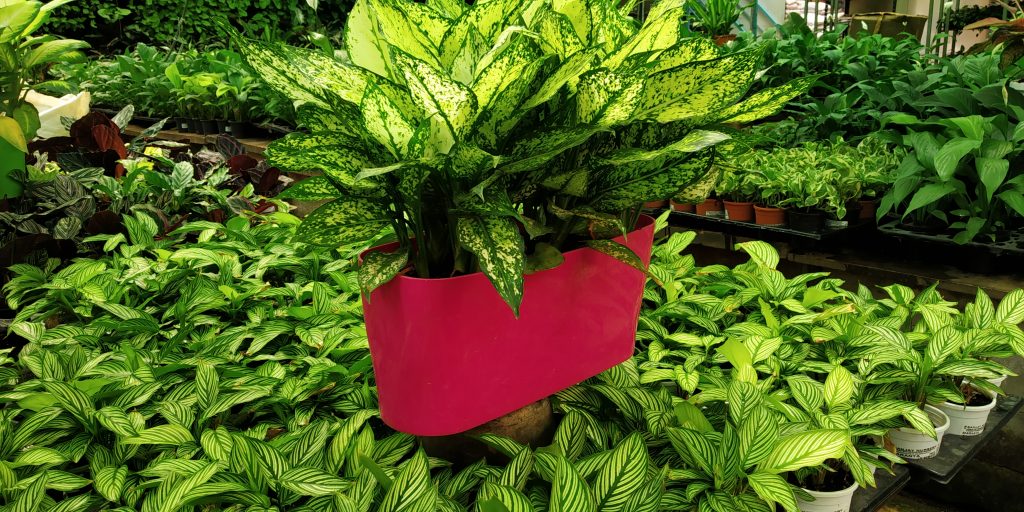
Indoor plants are living joy in this rushed and techno savvy world we live in, and its easy to care for them when you know what to look out for
Below we have put together a guide and suggestions to help you revive your indoor plants should you experience any of the most common problems
Common Indoor Plant Problems
- Root Rot
- Browning Leaves
- Drooping Leaves
- Dropping Leaves
- Yellow Leaves
- Bud Drop
Most Common Causes
- Under watering
- Over watering
- Lack of humidity
- Lack of light
Root Rot:
Crusty leaves and bark peeling off the stems/trunk of your indoor plant are an indication that your plant is experiencing “wet feet”. This means that water is not draining through the bottom of the pot and the plant is becoming water logged. Root rot can also present itself as under watering of your indoor plants – the leaves can be dry and crusty which may seem like they are not receiving enough water, but they may well be getting too much!
Test this:
Use a long dowel or chop stick to place down right to the bottom of the pot. When you pull the stick out you can feel for dampness and also see if wet soil remained right at the bottom on the stick. This indicates that the plant is being over watered and that drainage is insufficient.
If you are experiencing Root Rot, do this:
Stop / reduce watering for roughly a month and let all the water evaporate until the soil right at the bottom of the pot is completely dried out and the leaves start to look healthier.
Then it is important to either re-pot your plant into a pot with holes at the bottom and a layer of stones, or you can drill small holes on the side of the current pot about 5cm from the bottom. This allows air to circulate and water to drain out. Ensure that your pot has a saucer to catch the excess water.
Alternatively, plant your plants directly into a plastic pot, placing it into a more decorative pot cover of your choosing. You can then easily remove the plastic pot, water your plant, and place it back into its decorative planter – this trick makes caring for indoor plants a lot easier! Look for traditional outdoor pots to plant your indoor plants into, like terracotta and glazed pots that have drainage holes.
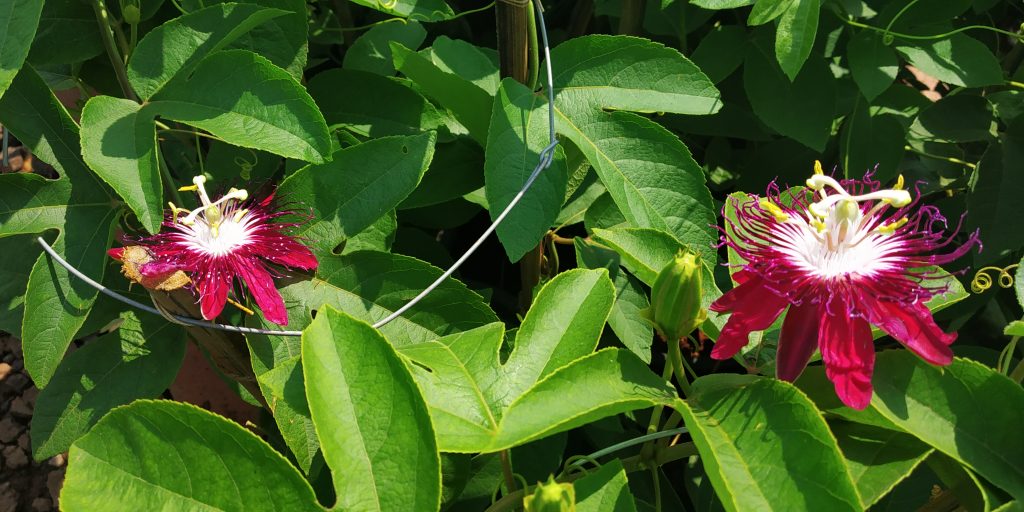
Browning or crusty dry Leaves
Browning leaves are an indication of under or over watering.
Additionally, it could be a sign that there is not enough air circulation or humidity around the plant or its roots. Plants lose and gain water by osmosis through leaf tissue on a daily basis. Limited water, or access to water in too fast a fashion, means that some parts of the plant get water whilst others don’t. The tips of leaves are often the first to feel this “drought” of sorts.
Root stress, lack of fertiliser or too much fertiliser, and inadequate or too much water can all be causes for this.
If you are experiencing browning leaves
First cut off the brown leaves or the browning edges to encourage fresh new growth.
Do the water test to ensure that your watering regime is accurate and if the soil is presenting itself as healthy for that plant (good balance of moist and dry depending on its ideal needs); consider misting the leaves to add some humidity.
If the soil is very wet at the bottom of the plant then it is probably over watered and this is causing the leaves to die. Stop watering for about a month until the soil is all dried up and thereafter adjust your watering regime and check that your pot has sufficient drainage capability (holes at the bottom of the pot, pebbles or small stones at the base and good quality potting soil). to read our container gardening blog for suggestions on how to ensure good drainage.
Drooping Leaves:
Drooping or wilting leaves are a sure sign of lack of water. Plants have a fluid called Xylem, which is carried through the vascular plant tissue, or Phloem. When this balance of xylem and phloem is interrupted, the plant cannot carry nutrients to where they need to go, and various parts of the plant may suffer as a result.
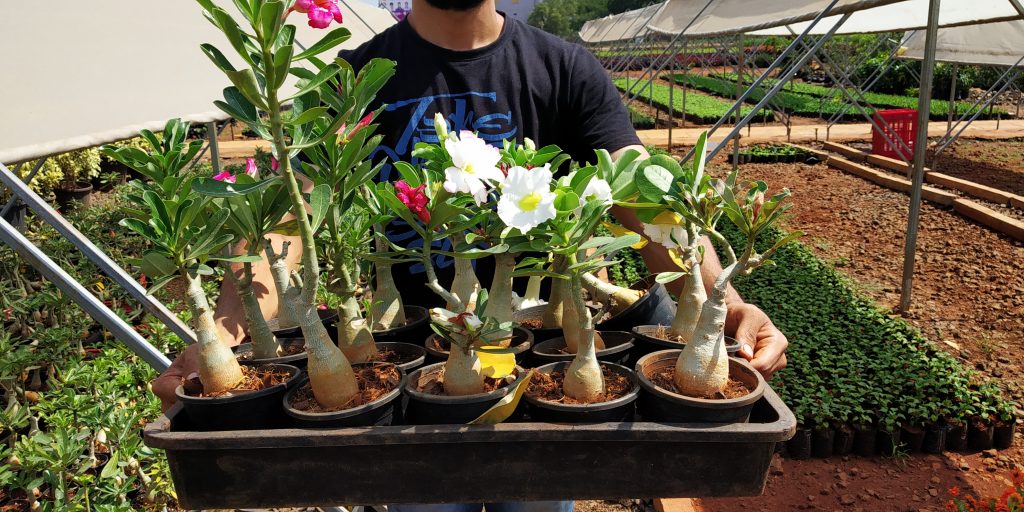
How do I test why my plant has droopy leaves?
Dry soil or too much water is the problem. Soil that is too dry and has insufficient water will not be able to carry nutrients to its ‘plant body’ and leaves will behave lazily and hang lifelessly. Too much water, and there can be problems transporting oxygen to the rest of the plant – this stems from root rot.
If you are experiencing drooping leaves:
The plant will react in several ways; it will wilt and reduce its leaves own surface area, thus reducing its own loss of water through transpiration.
The leaves may yellow or brown and shrink on the sides too- also a natural defense against too little water and a reduction of surface area for the plant.
The plant needs water – do so in moderation until you see the plant perk up. The best option is to give a thorough drink right away, and allow the plant to properly drain.
If the soil is moist to the touch, it may be over-watered, in which case the plant needs to be left to dry out for a while until the soil is no longer water-logged or too moist.
Other factors which may contribute to drooping leaves are too much direct sunlight and too much wind exposure. When caring for indoor plants, consider moving your plants around your space accordingly to find the best place for them until they settle and are happier.
Bud Drop
Also known as bud-blast, this is the phenomenon whereby flower buds drop from a plant before they have the chance to open. Commonly seen in Orchids, the bud, once promising and green, turns yellow and then brown, and drops before it has had the chance to bloom.
How do I know my plant is experiencing bud drop?
The buds of flowering indoor plants will drop before they have the chance to open. This is a direct result of buds energy being extracted from the flower and being utilised in the rest of the plant, for the plant to survive. Don’t water plants with cold or hot water– this can cause bud drop.
Other reasons for bud blast occurring in your plants may include:
- Low light or too much light (lamps when plants need lower light)
- Over or under watering
- Extreme temperature fluctuations
- Too little humidity
- Age of the plants – young plants are often weaker with less stable fluid transport systems.
How to remedy the situation:
Sufficient light is often the answer. As for keeping your plant hydrated, adding mulch and a top layer of soil balances the moisture levels and prevents dehydration.
Prevent temperature extremes by placing plants in stable environments – not in drafty doorways or halls. Spray them with misters to counter dry air – this will help balance moisture in hot and dry environments.
Consider Pruning
Prune dead foliage and branches from plants. Dead or rotting plant material can attract harmful bugs.
Prune roots to promote growth, and re-pot plants in larger pots when they seem like they are outgrowing their current homes.
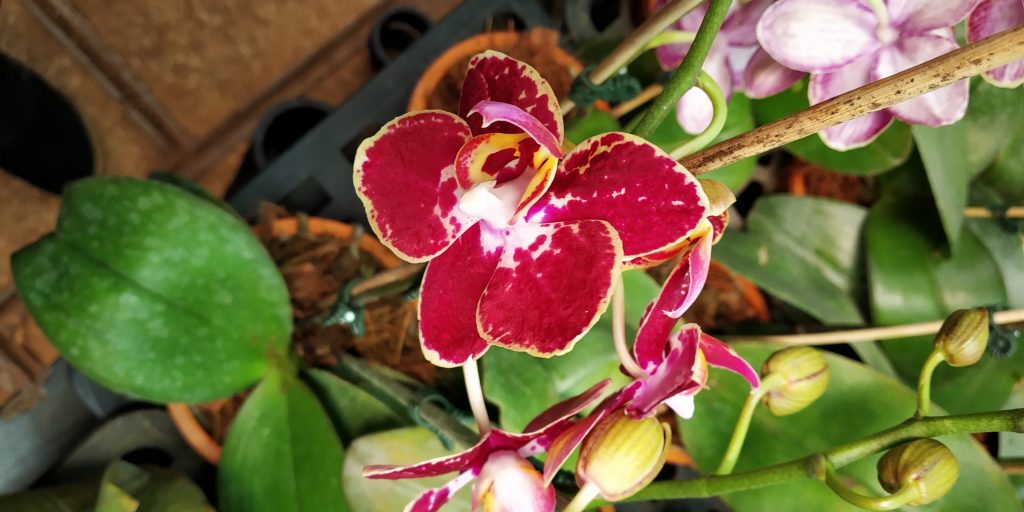
When purchasing indoor plants, there are 3 main things that you need to consider:
- Potting
- Light
- Watering
Potting Your Indoor Plant
to read our step by step potting guide.
Light Conditions for Your Indoor Plant
Light is a source of energy for indoor plants and is a factor that differs between different types of indoor plants. Most indoor plants thrive in bright light but out of direct sunlight. You can however get some indoor plants that can thrive in low light conditions too.
Generally plants with variegated leaves (showing different colours, commonly with irregular patches of colour or different colours on the edges of the leaves) need more light than those with dark green leaves that generally can thrive in moderate or low light conditions. Additionally, if the variegated leaves start to change to a more solid colour of green and loose their multi coloured effect, this means they are not getting enough light.
Another indication of not receiving enough light is yellowing leaves (see above section on Yellowing leaves)
Over and Under Watering:
Did you know? Over watering is one of the most common killers of indoor plants. People are often afraid that they do not water their plants enough, and as a result end up over-watering to compensate for any indication of bad plant health.
Understanding good watering practices, as well as the tell-tale signs and ways to test for over and under watering, will help you to develop a watering routine in order to ensure that your indoor plants flourish! Click | To read our Watering Guideline.
In general; indoor plants can be watered once a week if they live in their specific ideal conditions (light, humidity, temperature all considered).
To water your indoor plants, we suggest the following: take your indoor plant outside and water over a bucket or on the grass at a slow and steady pace (don’t pour too quickly that the water just runs off the top soil. Let it penetrate through the soil right down to the roots) until water runs out of the bottom of the pot. Let it sit outside for about half an hour so that the excess water dries away and then take it back inside and place it into its decorative pot cover or onto its saucer.
Some plants prefer if you allow the soil to dry out completely before watering them again , whilst others prefer to constantly have moist soil,
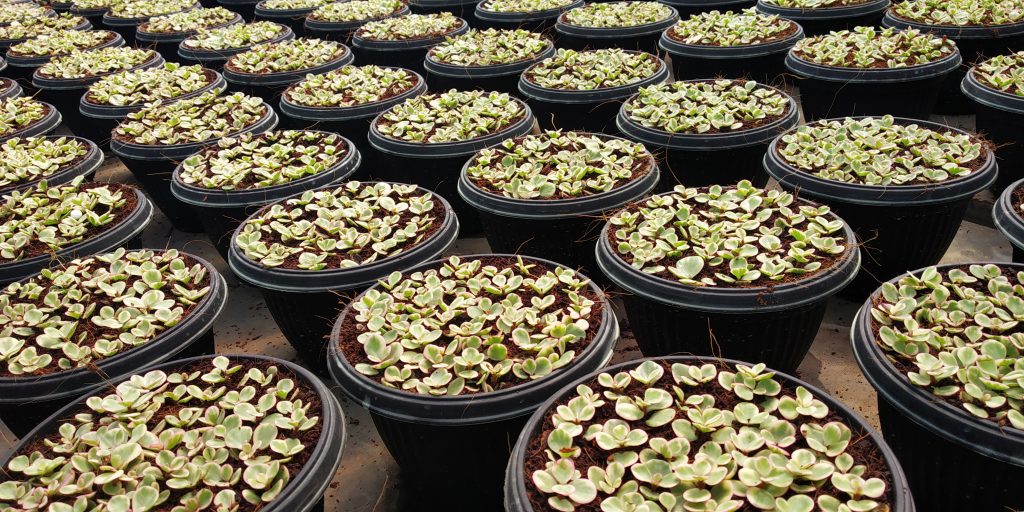
Bee a Plant Lover:
In general, your plants will always show you how they are feeling – drooping leaves, yellow leaves, browning tips, dropping leaves, losing flowers, etc. Keep an eye on these different things and work out what your plant is telling you – when caring for indoor plants being observant to the way and the place where they are thriving is key.


